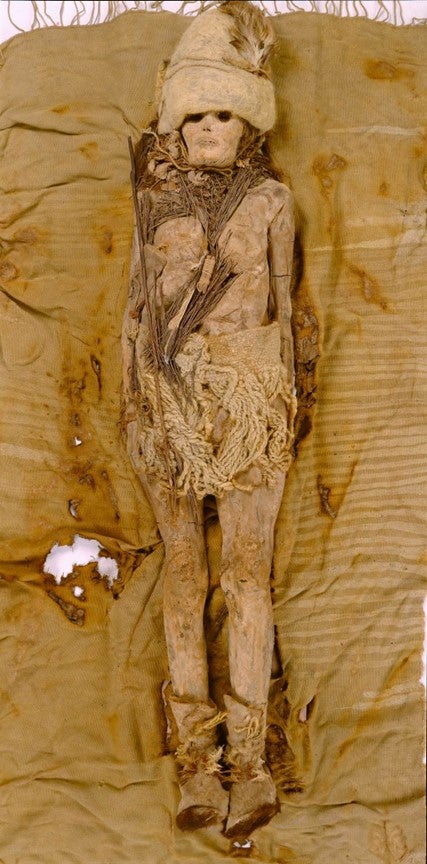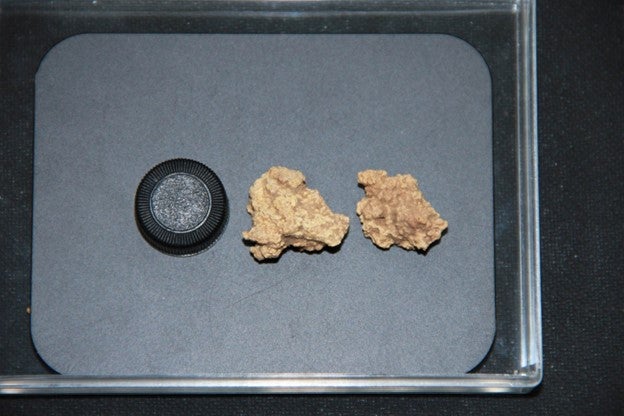Scientists in China extract DNA from world’s oldest cheese - and what it can tell us about modern diets
Cheese dating back to the Bronze Age has shed light on our ancestors’ diets - and hold lessons for the present day
Your support helps us to tell the story
From reproductive rights to climate change to Big Tech, The Independent is on the ground when the story is developing. Whether it's investigating the financials of Elon Musk's pro-Trump PAC or producing our latest documentary, 'The A Word', which shines a light on the American women fighting for reproductive rights, we know how important it is to parse out the facts from the messaging.
At such a critical moment in US history, we need reporters on the ground. Your donation allows us to keep sending journalists to speak to both sides of the story.
The Independent is trusted by Americans across the entire political spectrum. And unlike many other quality news outlets, we choose not to lock Americans out of our reporting and analysis with paywalls. We believe quality journalism should be available to everyone, paid for by those who can afford it.
Your support makes all the difference.Scientists have successfully extracted DNA from ancient cheese for the first time, a breakthrough that sheds light on how probiotic bacteria has evolved over thousands of years.
Chinese researchers have peeled back the curtain on ancient human life in the Xinjiang region by examining the world’s oldest cheese, which was discovered 20 years ago and dates back approximately 3,600 years.
“This is an unprecedented study, allowing us to observe how a bacterium evolved over the past 3,000 years,” Professor Qiaomei Fu, from the Chinese Academy of Sciences in Beijing, said. “Moreover, by examining dairy products, we’ve gained a clearer picture of ancient human life and their interactions with the world.”
The cheese samples were first found smeared on the heads and necks of Xiaohe cemetery mummies, which date back to the Bronze Age, between 3,300 and 3,600 years ago, at three tombs in northwest China. Researchers believe the cheese may have been buried with the mummies so they could enjoy it in the afterlife.

“We can see they are buried like a necklace beside the neck,” Fu told The Independent. “So, in this case, this this will tell us it’s possibly really important for their life.”
Researchers earlier believed these substances might be a type of fermented dairy product.
The new study identified these substances as a white kefir cheese, in findings published Wednesday in the journal Cell.
The researchers also identified cow and goat DNA in the samples, noting that people in the area used different animal milks in separated batches. The process is different from ancient Middle Eastern and Greek cheesemaking, which mixes goat and cow of milk.

Fu and her colleagues recovered the DNA of Lactobacillus kefiranofaciens bacteria from the ancient dairy samples, which they compared with the genomes of modern strains used to make kefir.
Fu said: “We can use this 3,500-year-old data to understand what changed in present day.”
Modern strains have evolved to suit cheese lovers, with analysis suggesting the new strains are less likely influence the body’s immune system, which protects against germs and other disease.
The study also challenges a long-held belief that kefir originated solely in the North Caucasus mountain region of modern-day Russia more than 2,000 years ago.
“Our observation suggests kefir culture has been maintained in northwestern China’s Xinjiang region since the Bronze Age,” Fu said.

Join our commenting forum
Join thought-provoking conversations, follow other Independent readers and see their replies
Comments